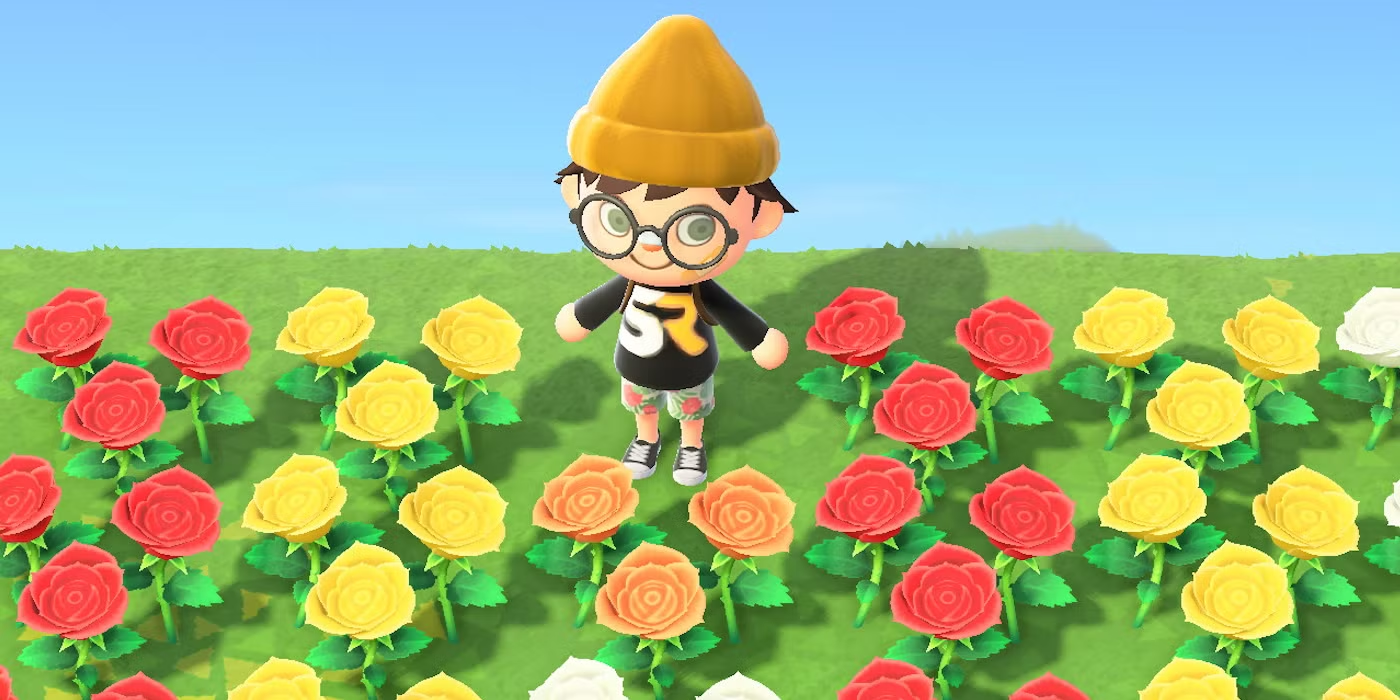Animal Crossing: New Horizons is a charming sandbox game where players build, decorate, and cultivate their own paradise. Among the many features that keep players engaged is the intricate flower-breeding system. Growing and crossbreeding flowers to unlock unique hybrid colors adds a rewarding layer of creativity and strategy to your island design.
In this comprehensive guide, we’ll explore how to grow flowers, breed hybrids, and optimize your garden for the best results.
Understanding Flower Mechanics in New Horizons
Native and Island-Specific Flowers
When you start your island in Animal Crossing: New Horizons, you’ll notice a specific type of flower growing naturally. This is your native flower type and varies between islands. Common types include tulips, roses, lilies, pansies, cosmos, hyacinths, windflowers, and mums. Additional varieties can be found via Nook’s Cranny, visiting mystery islands, or trading with other players.
Flower Growth Basics
Flowers grow on grassy tiles and require at least one day to fully bloom. They can be picked (for crafting or gifting) without being destroyed. Flowers will regrow the next day. To move flowers without losing progress, use a shovel instead of picking them.
Getting Started with Hybrid Breeding
Cross-Pollination Simplified
Unlike previous games in the series, New Horizons makes flower breeding a passive process. To breed flowers:
- Place two flowers of the same species (but potentially different colors) adjacent to each other.
- Leave at least one open tile between them for new flowers to grow.
- Water the flowers daily.
Cross-pollination will occur naturally, and new hybrid colors may sprout on the open tiles.
The Role of Watering
Watering plays a crucial role in encouraging breeding. Watering your flowers daily increases the chances of hybrids forming. If friends visit your island and water your flowers, the breeding chance increases further. Up to five friends watering the same flower will maximize the breeding probability.
Optimal Flower Breeding Layouts
Checkerboard Pattern
The checkerboard layout is the most efficient setup for hybrid breeding:
- Place flowers in a grid pattern with spaces in between (like a chessboard).
- This allows each flower to have multiple adjacent partners.
- Leave open spaces for offspring to grow.
Companion Planting (Pairing)
If you’re targeting a specific hybrid, pair two flowers of required colors with a tile of space in between:
- Example: Red tulip + yellow tulip = possible orange tulip.
- Use fences or paths to isolate hybrid experiments from other flowers.
Flower Breeding Chart (By Type and Color)
Roses
- Red + Yellow = Orange
- Red + White = Pink
- White + White = Purple
- Orange + Orange = Hybrid Orange (needed for Blue)
- Red (from hybrid Orange + White) + Red = Black
- Hybrid Red + Hybrid Red = Blue
Tulips
- Red + Yellow = Orange
- Red + White = Pink
- Orange + Orange = Black
- Black + Black = Purple
Hyacinths
- White + White = Blue
- Yellow + Red = Orange
- Orange + Orange = Pink
- Pink + Pink = Purple
Cosmos
- Red + Yellow = Orange
- White + White = Purple
- Orange + Orange = Black
Windflowers
- Orange + Orange = Pink
- White + White = Blue
- Blue + Pink = Purple
Mums
- White + White = Purple
- Red + Yellow = Orange
- Purple + Yellow = Green
Lilies
- Red + Yellow = Orange
- White + White = Purple
- Orange + Orange = Black
Pansies
- Red + Yellow = Orange
- White + White = Blue
- Orange + Orange = Hybrid Orange
- Hybrid Orange + Blue = Purple
Tips for Hybrid Success
Use Color-Confirmed Parents
Flowers from the store or grown from seed have more predictable genetics than hybrids. For higher success, use seed-grown flowers from Nook’s Cranny or Leif.
Fencing and Labeling
Organize your breeding patches using fences or custom paths. Label flower patches with signs to track experiments and avoid confusion.
Weather Watch
Rainy days count as a free watering! Use them wisely to boost hybrid chances without the daily chore.
Invite Friends to Help
Up to five friends watering your flowers increases the breeding chance to its maximum. Coordinate watering visits for best results.
Rare Hybrid Targets
Blue Roses
Growing blue roses is considered the ultimate flower challenge in Animal Crossing. It requires several generations of specific hybrid red roses with correct hidden genetics. Patience and a careful chart are key.
Green Mums
Another rare flower, green mums require purple and yellow parents and careful tracking of offspring. Like blue roses, these take dedication.
Storage and Decoration Tips
Dig and Store
Use a shovel to dig up flowers and store them on the beach or in dedicated areas. This prevents them from accidentally breeding or taking over your island.
Design with Color
Once you’ve bred your desired hybrids, use them to decorate themed areas. Pink cosmos for romantic spaces, black lilies for spooky corners, or blue roses for elegance.
Final Thoughts
Flower breeding in Animal Crossing: New Horizons combines science with artistry. Whether you’re aiming for the rarest hybrids or just want a colorful garden, the process is deeply rewarding. With patience, planning, and maybe a few friendly helpers, your island can bloom into a floral masterpiece.
Happy planting!






